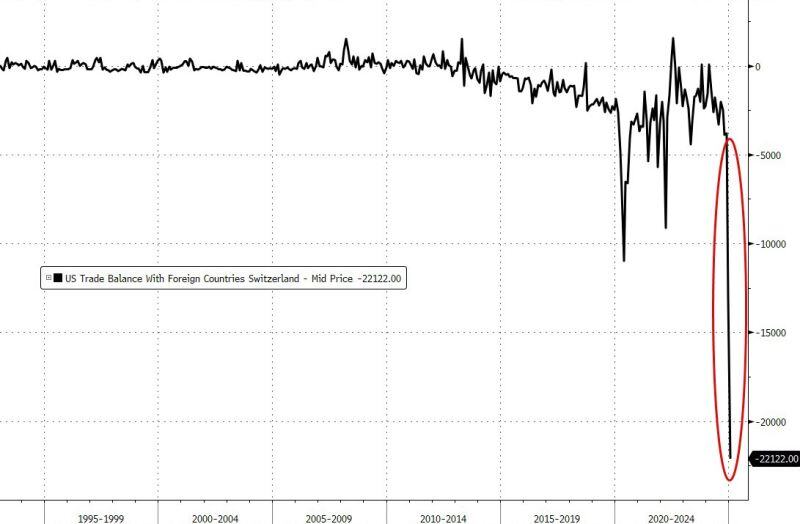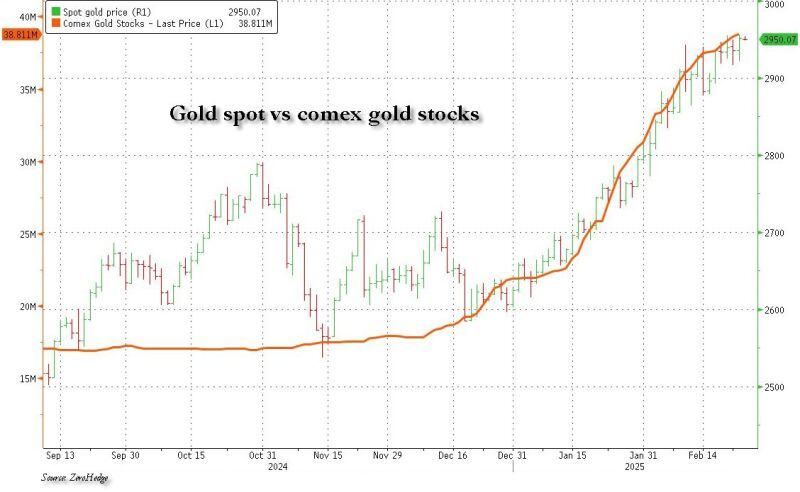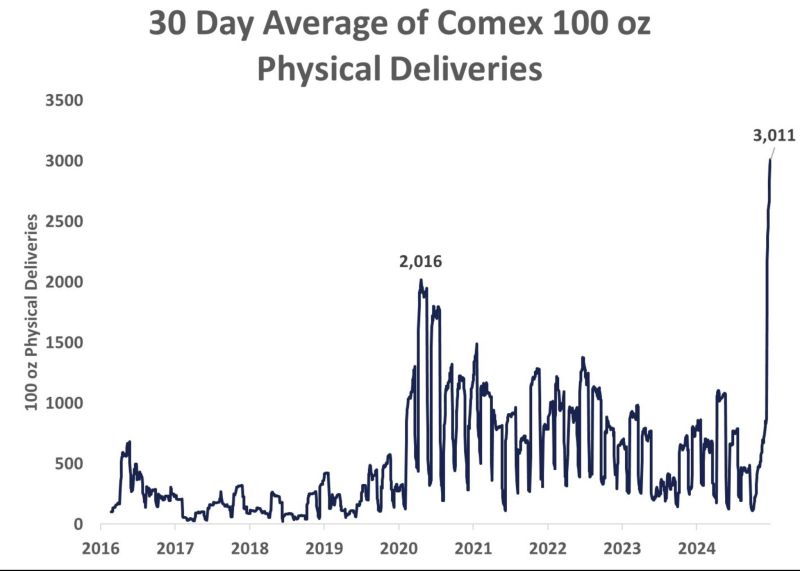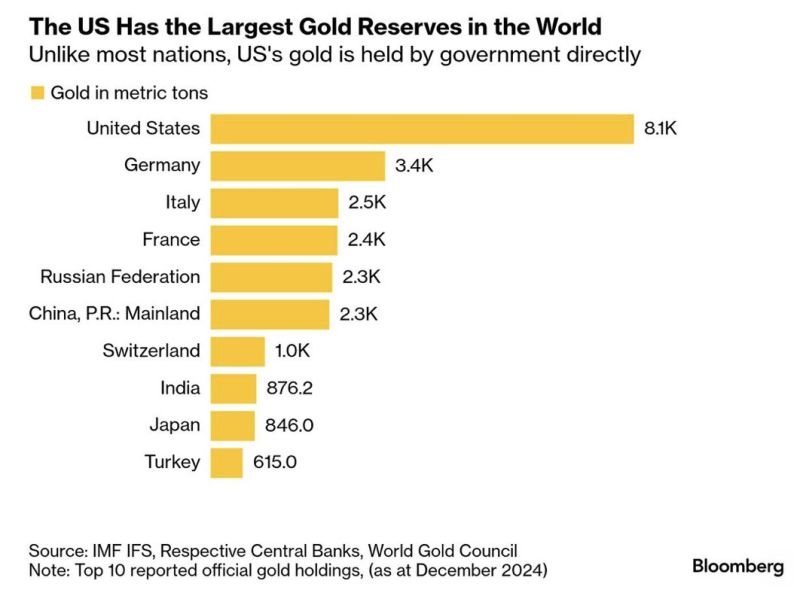Straight from the Desk
Syz the moment
Live feeds, charts, breaking stories, all day long.
- All
- equities
- United States
- Macroeconomics
- Food for Thoughts
- markets
- Central banks
- Fixed Income
- bitcoin
- Asia
- europe
- investing
- technical analysis
- geopolitics
- gold
- Crypto
- AI
- Commodities
- Technology
- nvidia
- ETF
- earnings
- Forex
- china
- Real Estate
- banking
- oil
- Volatility
- magnificent-7
- energy
- apple
- Alternatives
- emerging-markets
- switzerland
- tesla
- United Kingdom
- assetmanagement
- Middle East
- amazon
- russia
- ethereum
- microsoft
- ESG
- meta
- Industrial-production
- bankruptcy
- Healthcare
- Turkey
- Global Markets Outlook
- africa
- Market Outlook
- brics
The resilience of the yellow metal shines through as Gold reaches an All-Time High
Comparatively, other assets have experienced drawdowns from their respective All-Time Highs: - Berkshire $BRKB: -4% - Gold Miners $GDX: -4% - S&P 500 $SPY: -8% - Oil & Gas $XLE: -9% - NDX $QQQ: -12% - Transports $IYT: -15% - Mag7 $MAGS: -18% - Software $CLOU: -18% - Bitcoin $XBT: -22% - Banks $KRE: -22% - SOX AI $SOXX: -24% - Home Builders $ITB: -25% - ARK $ARKK: -68% Data Source: Lawrence McDonald
Gold ETFs drew largest weekly inflow since March 2022, says WGC
Physically backed gold exchange-traded funds (ETFs) registered the largest weekly inflow since March 2022 last week, data by the World Gold Council (WGC) showed on Monday. Gold ETFs store bullion for investors and account for a significant amount of investment demand for the precious metal, which hit a record high of $2,956.15 per troy ounce on Monday. Gold ETFs saw an inflow of 52.4 metric tons worth $5 billion last week, the largest amount since the first week of March 2022, when global markets were grappling with immediate consequences of Russia's invasion of Ukraine. This raised their total holdings by 1.6% to 3,326.3 tons, the largest since August, 2023. The U.S.-listed funds led the inflow last week with 48.7 tons. For comparison, in January they saw an outflow of 6.3 tons. source : reuters
Another day, another 220K oz of gold delivered to comex vaults, another record high above $2950.
Gold is a straight line higher ever since the panic scramble for physical began in late December Source: zerohedge
BREAKING: 85% OF SWISS GOLD EXPORTS NOW HEADING TO THE USA.
Gold exports from Switzerland rose year on year in January as supplies to the United States soared to the highest in at least 13 years and offset lower deliveries to top consumers China and India, Swiss customs data showed on Thursday. Switzerland, the world's biggest bullion refining and transit hub, alongside Britain which is home to the world's largest over-the-counter gold trading hub, saw a surge in gold transfers to the U.S. in recent months as President Trump readies wide-reaching import tariffs that some market participants fear could affect gold deliveries. The concern has widened the price premium between U.S. gold futures and London spot prices, attracting massive deliveries to Comex gold inventories. According to the Swiss data, gold exports from the country to the U.S. rose to 192.9 tons in January from 64.2 tons in December. This was the highest monthly amount of exports in the customs data going back to 2012. Trump has not mentioned precious metals are likely to be targeted at all, but since late November, when he pledged to impose tariffs on imported products from Canada and Mexico, 20.4 million troy ounces (636 metric tons) of gold worth $60 billion at current prices were delivered to Comex-approved warehouses. These deliveries raised Comex gold stocks by 116% to 38.0 million ounces, the highest since March 2021, and tightened liquidity in the London OTC market. Source: Yahoo Finance, Make Gold Great Again on X
Pretty soon Fort Knox will be filled up again ;-)
Source: Willem Middelkoop @wmiddelkoop on X
U.S. has the largest Gold Reserves in the World by far,
in fact it has more than Russia, China, Switzerland, India, and Japan combined. Source: Bloomberg
Investing with intelligence
Our latest research, commentary and market outlooks









